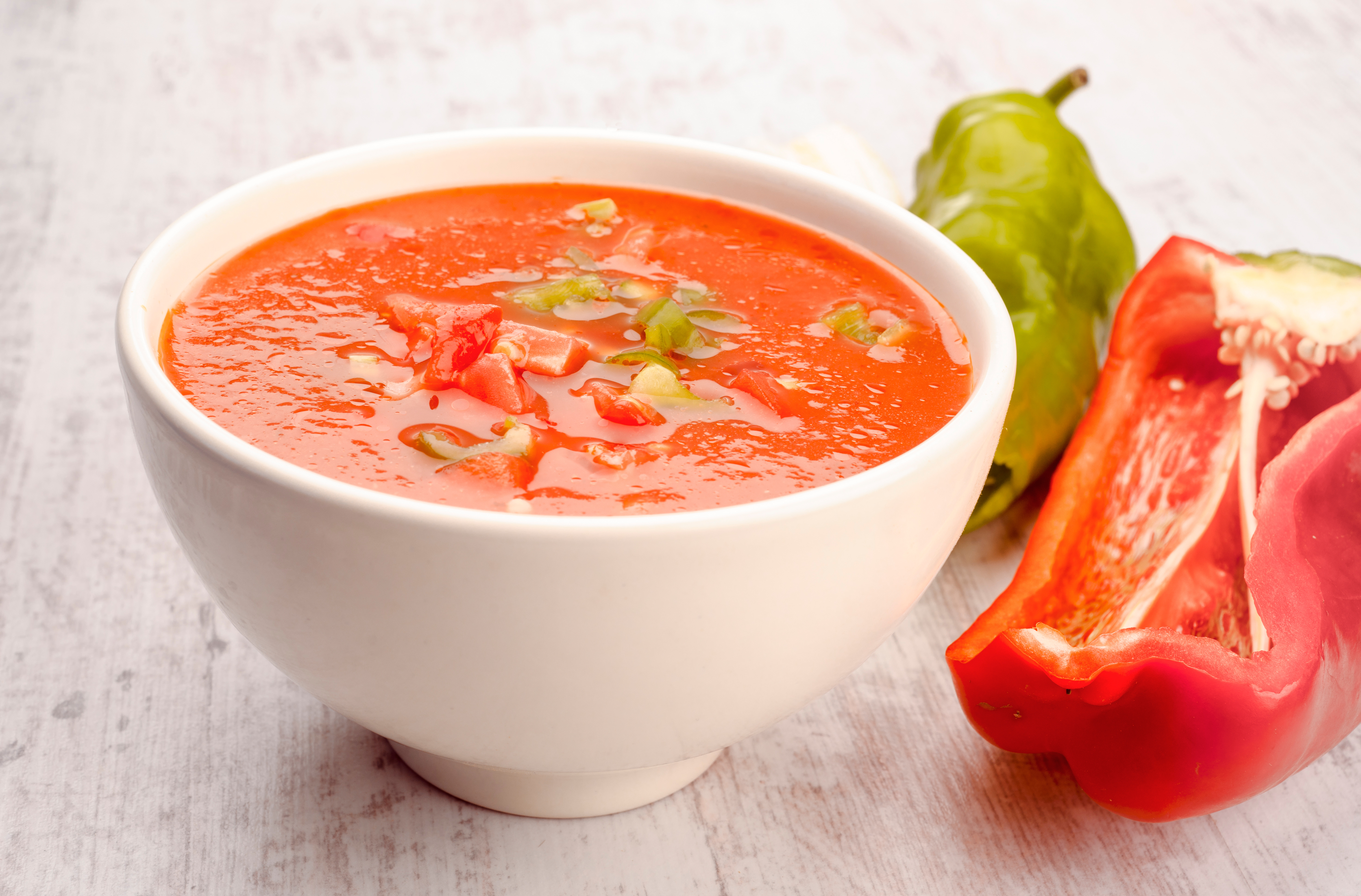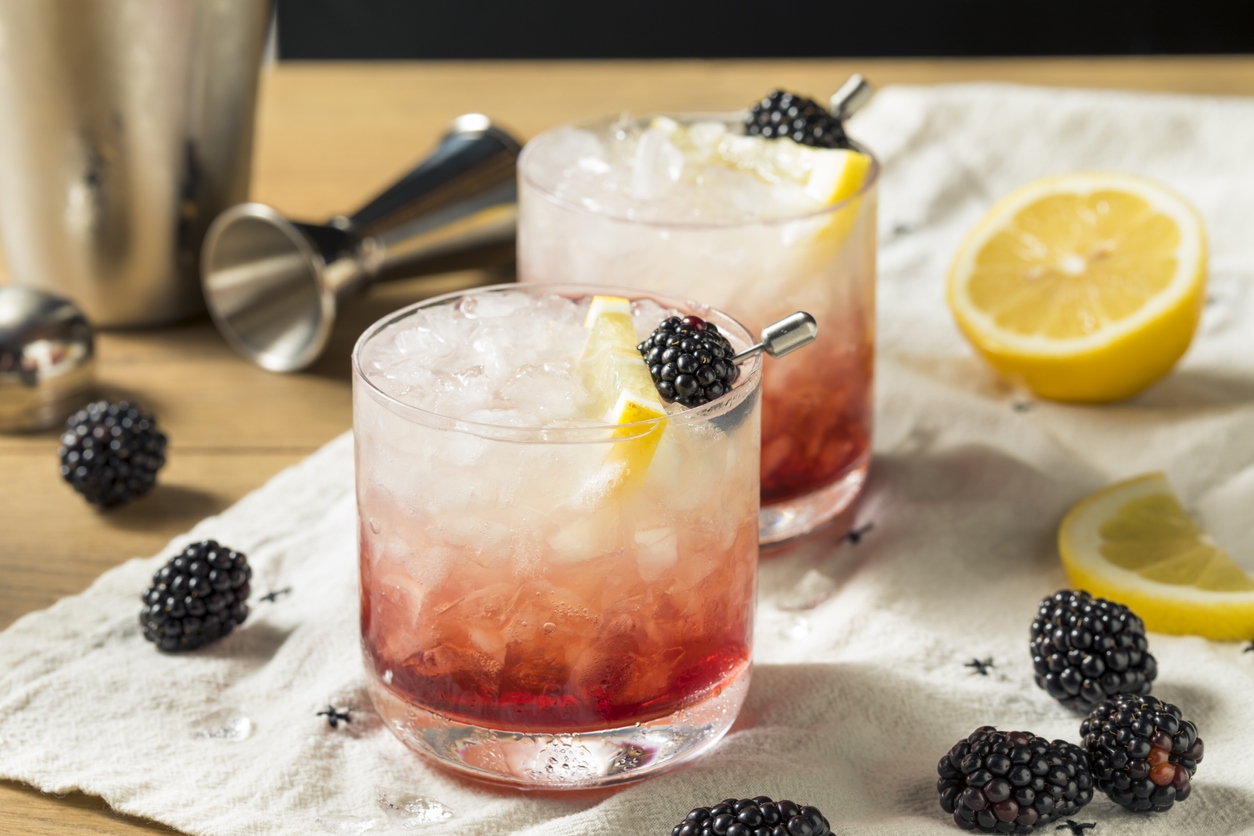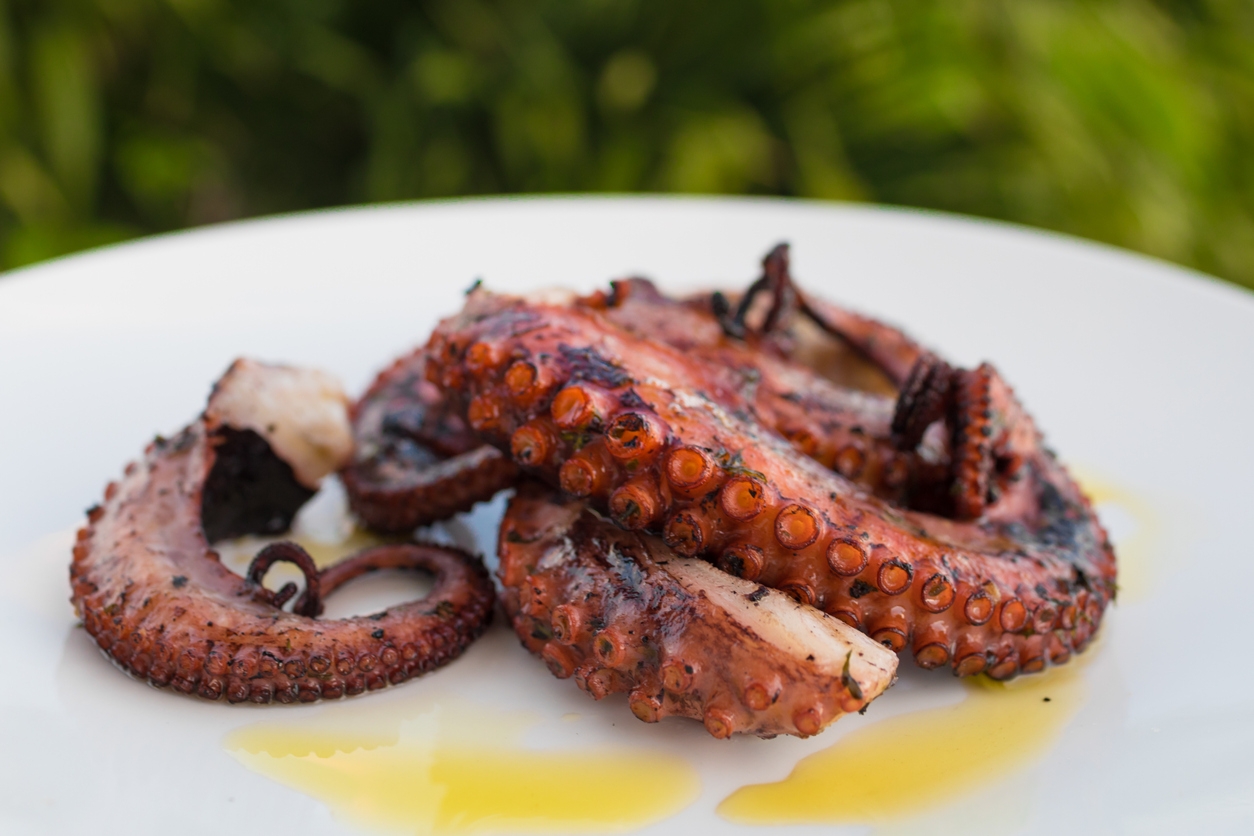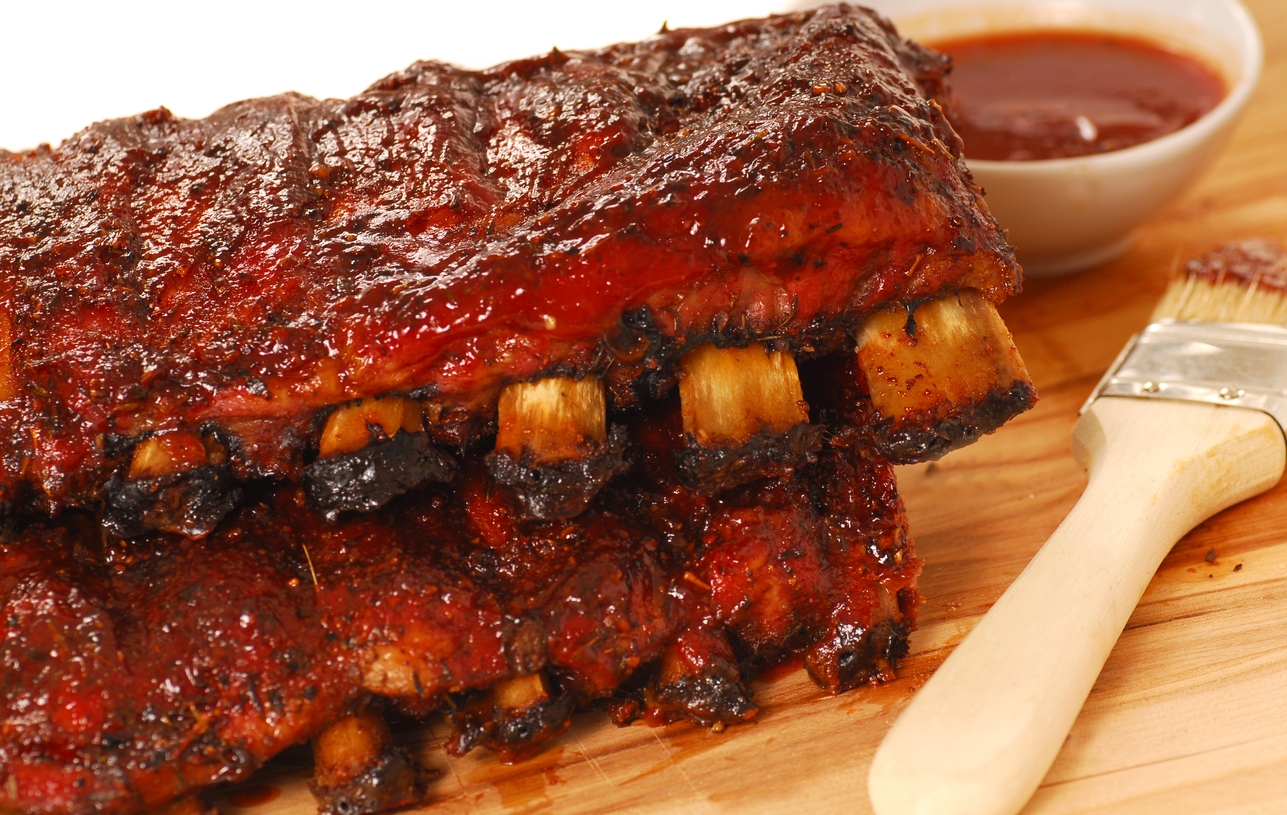About Clams
Hard clams in the shell are sold by the dozen in the following sizes; Chowders or quahogs which are the largest and are usually chopped and used in chowder and other cooked dishes. Cherrystones, which are generally used whole in cooking, or served raw on the half shell. Littlenecks which are usually eaten on the half shell and Soft shell, which are usually steamed or used for frying clams.Hard clams are sold in pints and quarts in choder and cherry stone sizes. All clams must be kept refrigerated or frozen. Soft clams are sold live in the shell, canned in the shell or fresh shucked and used for frying. Soft clams in the shell are sold by the dozen, half peck, peck and bushel. They must be alive when purchased and used. When alive, the clam shell will be tightly closed. Gaping shells that do not close when tapped, indicate that the clams dead. Do not eat under any circumstances.
Shelf life of fresh shucked soft clams is only 3-5 days and as they cannot be frozen shucked soft clams are only found in fish markets close to where the clams are harvested. We do not recommend that you freeze clams of any type.
Surf clams is primarily a commercial clam which is further processed into retail products; canned, minced or chopped; the juice or broth in cans or bottled. An 8 oz can of chopped or minced clams yields approximately 1/2 cup each clam meat and broth.
We are big proponents of fresh clams. The best clams are the ones you dig yourself, if you have the luxury of being close to a bay or the ocean. Once you dig the clams wash off all surface sand with sea water. Cover the clams with clean seawater or a 2% brine (1/2 cup kosher salt+1 gallon water), and let stand for 15-20 minutes to allow the clams to cleanse themselves of sand. Saltwater is necessary if the clams are to open and discharge sand. The sand will settle to the bottom of the container. Change the water and let stand a little while for two or three times. This step is important, if the clams are to be steamed or eaten from the shell.
When shucking hard clams, wash the shell clams thoroughly, discarding any broken shell or dead clams. To open a hard clam, hold it in the palm with the shells hinge against the palm. Insert a slender, strong sharp knife between the halves of the shell and cut around the clam, twisting the knife slightly to pry open the shell. Cut both muscles free from the two halves of the shell. If it is to be served on the half shell, remove only one half of the shell.
Since soft clams and surf clams do not have tight fitting shells, they are easier to open. Always source the freshest clams, never freeze them and never ever eat a dead clam.






No Comments